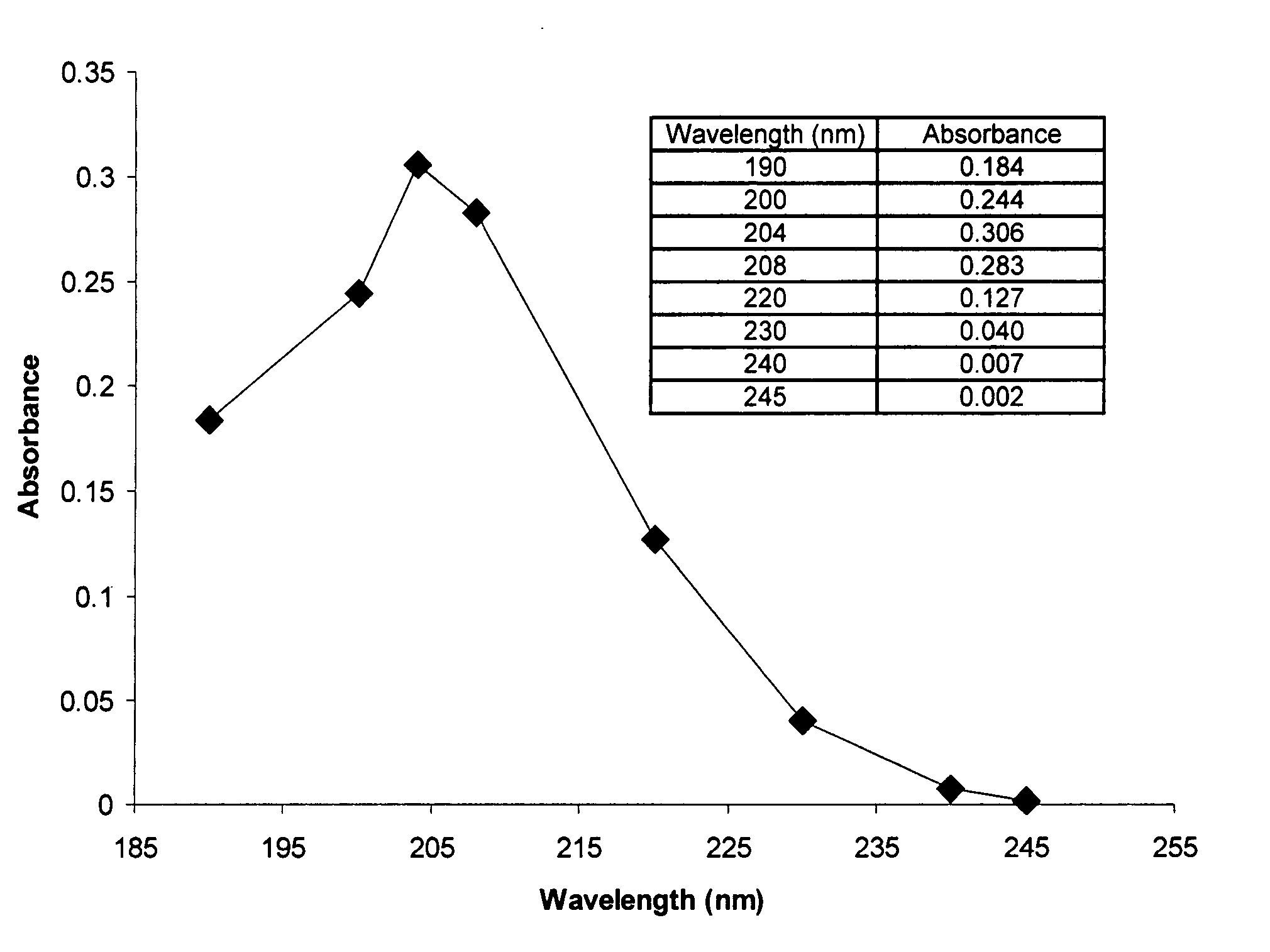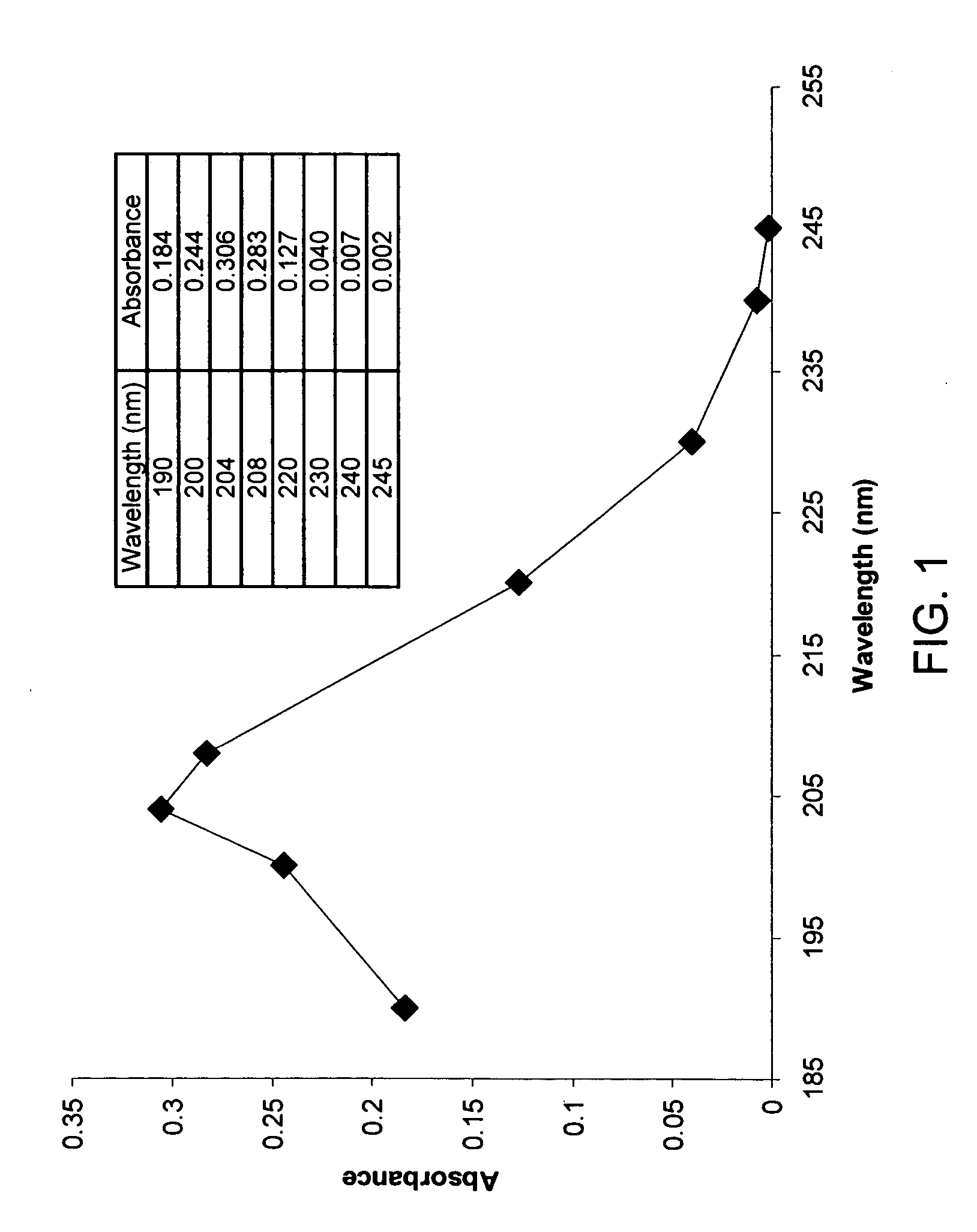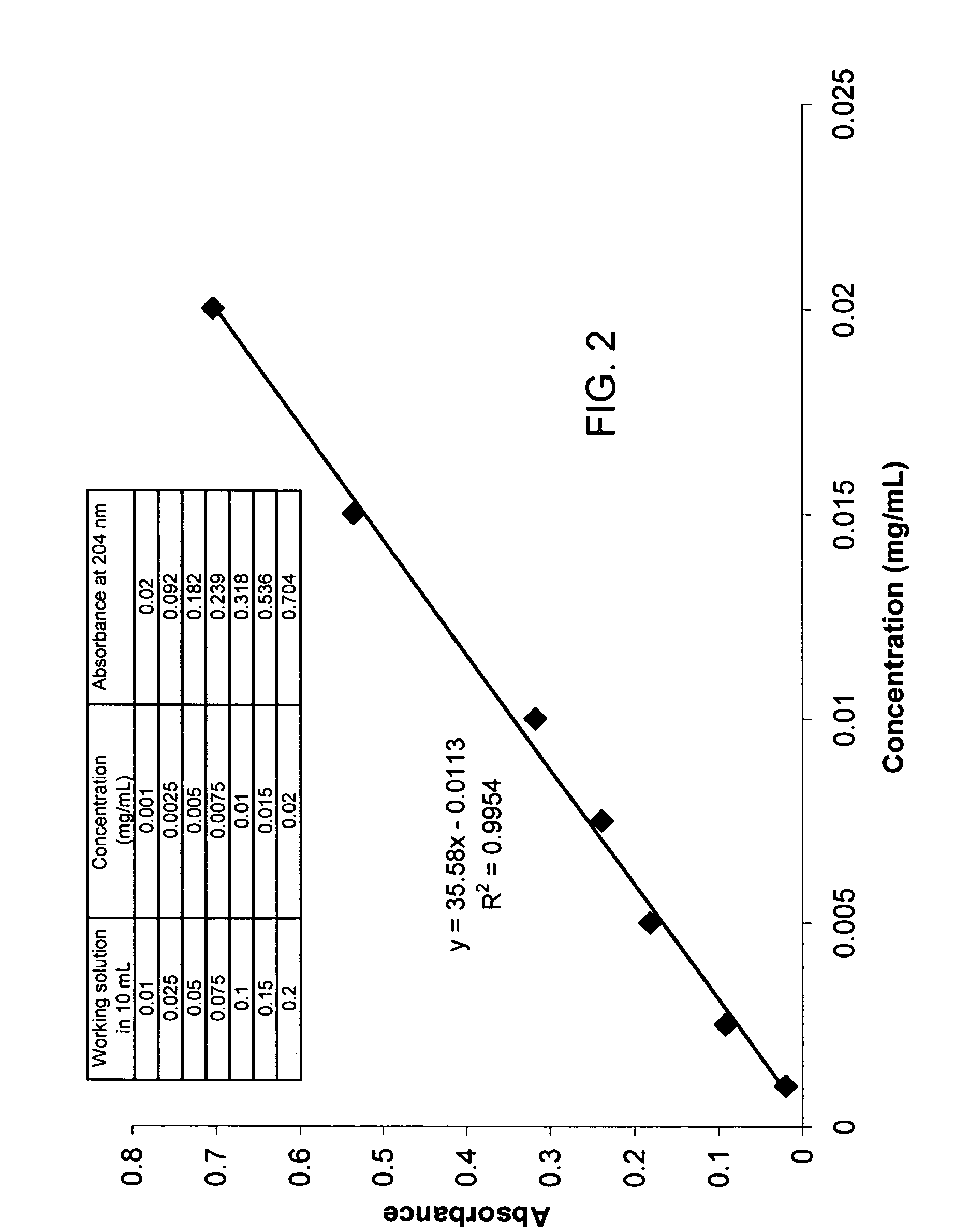Targeted iron chelator delivery system
a delivery system and iron chelator technology, applied in the field of targeted iron chelator delivery systems, can solve the problems of transfusion related iron-overload, heart and liver are particularly susceptible to damage, excess iron can injure any organ in the body, etc., and achieve the effect of preventing iron overload
- Summary
- Abstract
- Description
- Claims
- Application Information
AI Technical Summary
Benefits of technology
Problems solved by technology
Method used
Image
Examples
example 1
Preparation of an Iron Chelator Delivery System
[0085] Iron chelator delivery systems comprising an iron chelator and a lipid carrier, e.g., a liposome, may be prepared using the following standard procedures. General methods for preparing liposomes for use in the present iron chelator delivery systems are provided in Cortesi R., Esposito E., Gambarin S., Telloli P., Menegatti E., Nastruzzi C. (1999) “Preparation of liposomes by reverse-phase evaporation using alternative solvents,” Journal of Microencapsulation 16(2):251-256; Buboltz J. T., Feigenson G. W., (1999) “A novel strategy for the preparation of liposomes: rapid solvent exchange,” Biochimica et Biophysica Acta 1417(2):232-245; Bandyopadhyay P., Kren B. T., Ma X., Steer C. J., (1998) “Enhanced gene transfer into HuH-7 cells and primary rat hepatocytes using targeted liposomes and polyethylenimine,” Biotechniques 25(2):282-284, 286-292; Puu G., Gustafson I., (1997) “Planar lipid bilayers on solid supports from liposomes-fact...
example 2
Preparation of Radiolabeled Liposomes with 111In
[0090] Desferrioxamine is prepared by activation of the carboxylic groups of desferrioxamine with carbodiimide at pH 4.0 using a method similar to that described by Khaw et al. (Khaw, B. A. et al. (1991) J. Nucl. Med. 32:1742-1751). In brief, 8.33×10−5 mM desferrioxamine in 250 μL H2O (pH adjusted to 4.0) is mixed with 14-fold molar excess of N-hydroxy sulfosuccinimide (NHSS) and 400 μg / 40 μL 1-ethyl-3-(3-dimethylamino-proply) carbodiimide (EDC) is added. Another aliquot of NHSS is added. The reaction is allowed to proceed for 5 minutes at room temperature. The activated desferrioxamine is added then directly into 1 mg of phosphatidylethanolamine (PE) in 0.1 M borate buffer at pH 8.3. At this pH, there is unidirectional coupling of the carboxyl group of the activated desferrioxamine to the amino group of the phosphatidylethanolamine. Free desferrioxamine is separated from desferrioxamine-PE by lyophilization of the mixture and separat...
example 3
Glycosylated and Mannosylated Lipid Carriers, e.g., Liposomes
[0091] Glycosylated liposomes are prepared by linking liposomes to a hydrophobic anchor N-glutarylphosphatidylethanolamine (NGPE), which have been previously derivatized with the sugar residues. Mannosylated lipids can be purchased commercially from Sigma. The carboxylic groups of NGPE are first activated by water soluble 1-ethyl-3 (3-dimethylaminopropyl) carbodiimide (EDC) to which ethylenediamine is then added to provide free amino groups. Thiolated galactose and mannose residues are then incorporated onto the amino groups of the ethylenediamine by the method of Lee et al. (Lee, Y. C. et al. (1976) Biochem. 15:3956-3963).
PUM
| Property | Measurement | Unit |
|---|---|---|
| size | aaaaa | aaaaa |
| cross-sectional diameter | aaaaa | aaaaa |
| diameter | aaaaa | aaaaa |
Abstract
Description
Claims
Application Information
 Login to View More
Login to View More - R&D
- Intellectual Property
- Life Sciences
- Materials
- Tech Scout
- Unparalleled Data Quality
- Higher Quality Content
- 60% Fewer Hallucinations
Browse by: Latest US Patents, China's latest patents, Technical Efficacy Thesaurus, Application Domain, Technology Topic, Popular Technical Reports.
© 2025 PatSnap. All rights reserved.Legal|Privacy policy|Modern Slavery Act Transparency Statement|Sitemap|About US| Contact US: help@patsnap.com



